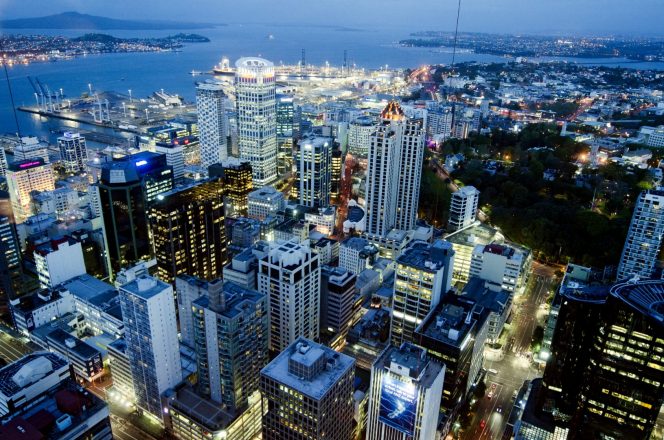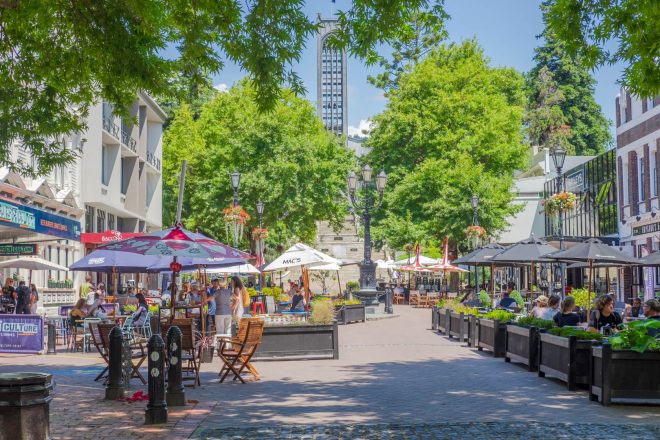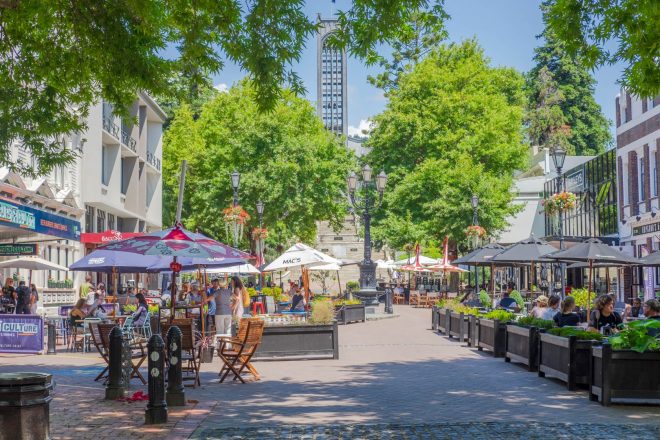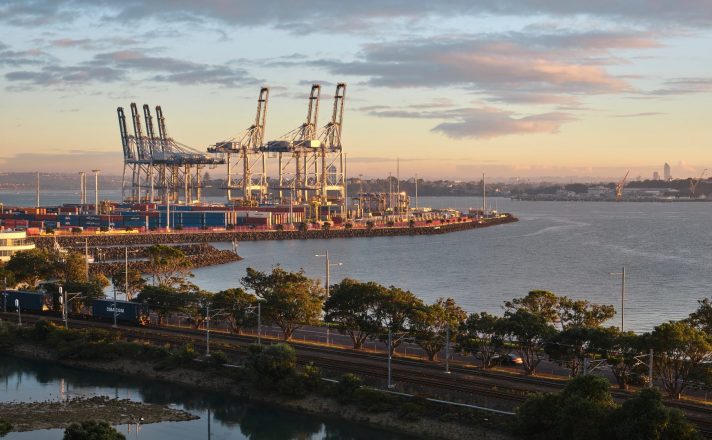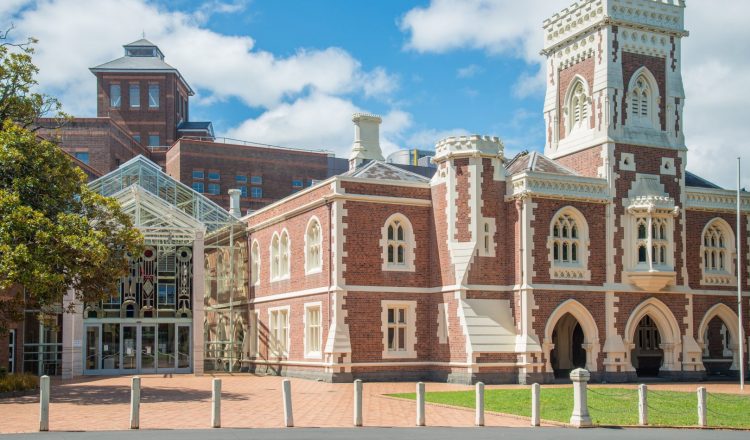OIO 동의가 필요한 경우
“해외인”이란 무엇입니까?
동의 제도의 핵심은 “해외 사람”의 정의입니다.정의는 다음과 같이 확장됩니다.
(a) 뉴질랜드 시민이 아니거나 일반적으로 뉴질랜드에 거주하는 자연인
(b) 뉴질랜드 이외 지역에 설립된 법인
(c) 뉴질랜드 이외 지역에 설립된 본사의 “25% 이상의 자회사”인 신체 기업 (뉴질랜드 회사 포함)
(d) 해외인이 있거나 해외인이 다음과 같은 기관을 가지고 있는 기업
- 25% 이상의 유가 증권 클래스
- 통치 체의 25% 이상의 구성을 통제할 수 있는 권한; 또는
- 회의에서 25% 이상의 투표력 행사를 통제할 수 있는 권한
(e) 파트너십, 통합되지 않은 합작 투자, 기타 비법인 기관, 신탁 및 단위 신탁 (관련 해외 소유권 또는 통제 기준액을 초과하는 경우)
“민감한 땅”이란 무엇입니까?
“민감한 토지”에는 다음과 같은 유형의 토지에 대한 자유형 이자 또는 3년 이상의 임대 보유 이자가 포함됩니다.
(a) 5 헥타르 이상의 비 도시 토지 면적;
(b) 특정 특정 섬에 토지;
(c) 수로, 공원, 보존 지역 또는 역사적 중요성이 있는 지역의 포함이나 근접성으로 인해 “민감한”것으로 분류되는 기타 토지의 소포
(d) 주거 토지, “주거” 또는 “생활 방식”으로 분류되는 재산.
일반적으로 뉴질랜드에 “보통 거주자”가 아닌 해외 거주자는 거주지를 취득하기 전에 OIO 동의를 요구합니다.해외인 투자자 또는 개발자는 주택 공급을 늘리고 (예: 주거 건설을 통해) 주거용 토지 구매에 대한 동의를 얻을 수 있으며 투자가 완료되면 부동산을 판매하기로 약속 할 수 있습니다.
일반적으로 뉴질랜드에 거주하고 다른 민감하지 않은 주거 토지를 얻기 위해 OIO 동의가 필요하지 않은 호주 및 싱가포르 투자자.
민감한 토지를 소유하거나 임대하는 사업에 대한 물질적 투자는 일반적으로 해외 투자법의 목적을 위해 “민감한 토지”를 취득하는 것으로 간주됩니다.
“중요한 비즈니스 자산”이란 무엇입니까?
“중요한 비즈니스 자산”을 인수하는 것은 다음과 같습니다.
(a) 뉴질랜드 투자 부분에 대해 지불한 대액이 NZ$1억을 초과하는 사업에서 25% 이상의 지분을 취득 (또는 기존 25% 이상 지분 증가)
(b) 뉴질랜드 자산의 가치가 NZ$1억 달러를 초과하는 사업에서 25% 이상의 지분을 취득 (또는 기존 25% 이상 지분 증가)
(c) 뉴질랜드 내 (영업권 및 기타 무형 자산 포함) 를 1억 달러 이상으로 취득하는 행위
(d) 발생한 지출이 1억 NZ를 초과하는 뉴질랜드에 사업 설립
호주 비정부 투자자의 경우 특정 상황에서는 NZ $1억 NZ $536 백만, 뉴질랜드와 무역 협정을 맺은 특정 국가의 경우 NZ $200 만 NZ $2 백만 (Trans 포괄적이고 진보적 인 협정의 당사자 인 국가 포함)태평양 파트너십).
어소시에이
해외인의 “동료”에 의한 투자도 포착됩니다.협회의 개념에는 통제, 대리, 공동 또는 콘서트에서 행동하는 상황 및 “모든 배열 또는 이해”의 결과로 해외 투자 참여가 포함됩니다.

















































